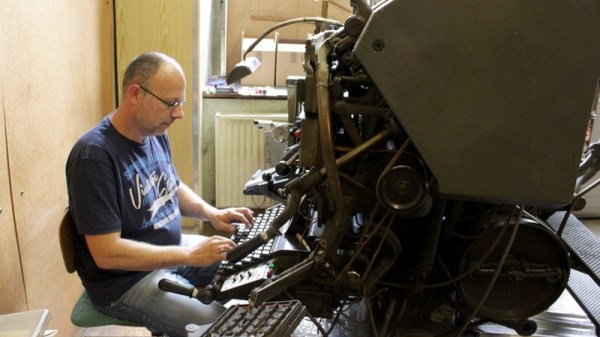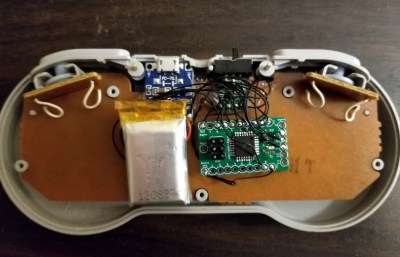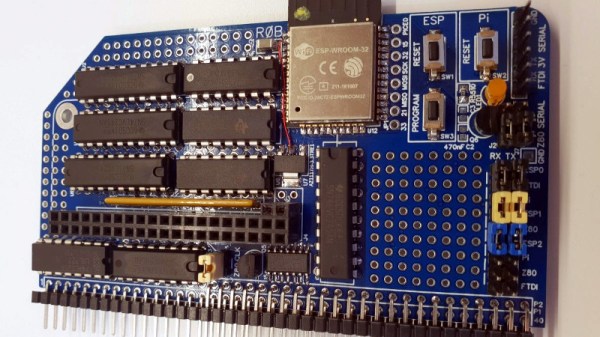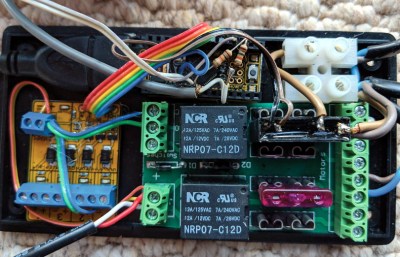The journalist’s art is now one of the computer keyboard and the internet connection, but there was a time when it involved sleepless nights over a manual typewriter followed by time spent reviewing paper proofs freshly inked from hot lead type. Newspapers in the golden age of print media once had entire floors of machinery turning text into custom metal type on the fly, mechanical masterpieces in the medium of hot lead of which Linotype were the most famous manufacturer.
Computerised desktop publishing might have banished the Linotype from the newsroom in the 1970s or 1980s, but a few have survived. One of the last working Linotypes in Europe can be found in a small print workshop in Vienna, and since its owner is about to retire there is a move to save it for posterity through a crowdfunding campaign. This will not simply place it in a museum as a dusty exhibit similar to the decommissioned Monotype your scribe once walked past every day in the foyer of the publishing company she then worked for, instead it will ensure that the machine continues to be used on a daily basis producing those hot metal slugs of type.
Fronting the project is [Florian Kaps], whose pedigree in the world of resurrecting analogue technologies was established by his role in saving the Polaroid film plant in Enschede, Netherlands. There are a variety of rewards featuring Linotype print, and at the time of writing the project is 46% funded with about four weeks remaining. If you are curious about the Linotype machine and its operation, we’ve previously brought you an account of the last day of hot metal printing at the New York Times.



















